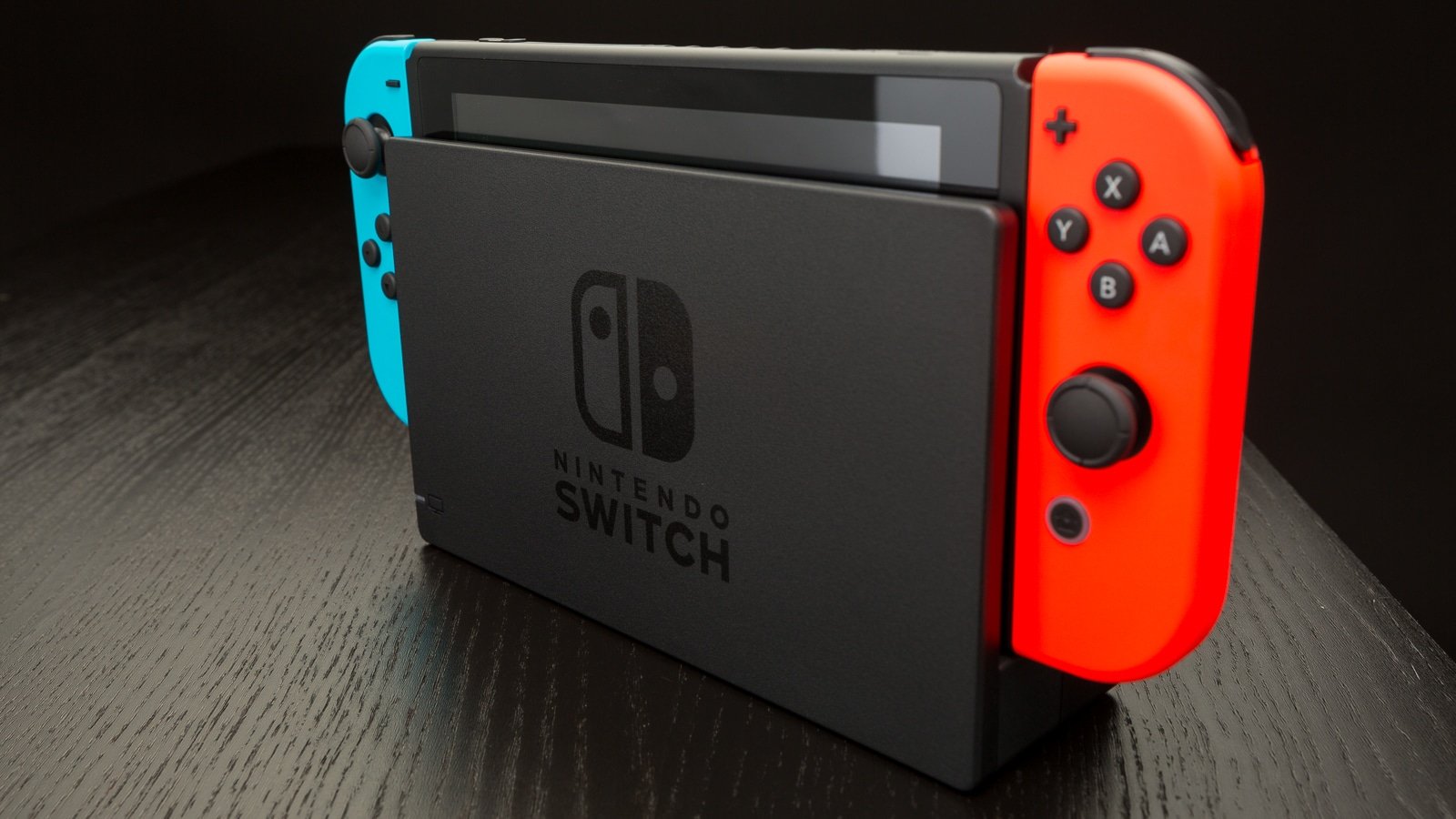
Summary:
Nintendo Switch firmware updates are crucial for system performance and security. With the introduction of rebootless updates, understanding the changes becomes essential. We delve into the concept of rebootless changes, analyze the significance of version 17.0.1, and provide insights into the update process. By decoding Nintendo Switch firmware updates, users can make informed decisions about their gaming experience.
Understanding Rebootless Updates
Nintendo Switch firmware updates play a vital role in enhancing system performance and security. The recent introduction of rebootless updates has piqued users’ curiosity, prompting a closer examination of the changes.
Rebootless updates are firmware changes that do not require the console to reboot after installation. While they streamline the update process, there are pros and cons to consider.
Importance of Firmware Updates
Firmware updates are essential for maintaining system stability, introducing new features, and addressing security vulnerabilities. Users are encouraged to stay up-to-date with the latest firmware versions. Nintendo’s approach to patch notes varies, with some updates receiving detailed documentation while others do not. This lack of transparency can lead to speculation among users.
Analysis of 17.0.1 Rebootless Update
Version 17.0.1 introduced changes to the bad words lists, including new phrases and combinations. While the update may seem minor, understanding these changes is crucial for users.
Process of Firmware Updates
Installing a firmware update on Nintendo Switch is a straightforward process. Users can navigate to the System Settings menu and select System Update to download and install the latest version.
Firmware updates can have a significant impact on gameplay, affecting performance, stability, and compatibility with games and peripherals. User feedback plays a crucial role in shaping future updates. As Nintendo continues to evolve the Switch platform, users can expect to see more frequent updates and new features. Staying informed about firmware changes is essential for maximizing the gaming experience.
Conclusion
Decoding Nintendo Switch firmware updates is essential for users looking to optimize their gaming experience. By understanding the nuances of rebootless changes and staying informed about the latest updates, users can ensure their console remains up-to-date and secure.
FAQs
- 1. What are rebootless updates on Nintendo Switch?
- Rebootless updates are firmware changes that do not require the console to reboot after installation. They streamline the update process and minimize disruption to gameplay.
- 2. Why doesn’t Nintendo provide patch notes for all updates?
- Nintendo’s approach to patch notes varies, with some updates receiving detailed documentation while others do not. This lack of transparency can lead to speculation among users regarding the changes introduced.
- 3. How do I install a Nintendo Switch firmware update?
- To install a firmware update on Nintendo Switch, navigate to the System Settings menu, select System, and then choose System Update. Follow the on-screen prompts to download and install the latest update.
- 4. What should I do if my Nintendo Switch encounters issues after an update?
- If your Nintendo Switch experiences issues after a firmware update, try restarting the console or performing a system reset. If the problem persists, contact Nintendo Support for assistance.
- 5. Can I revert to a previous firmware version on Nintendo Switch?
- Nintendo does not officially support reverting to previous firmware versions on Nintendo Switch. Once an update is installed, it cannot be rolled back.













